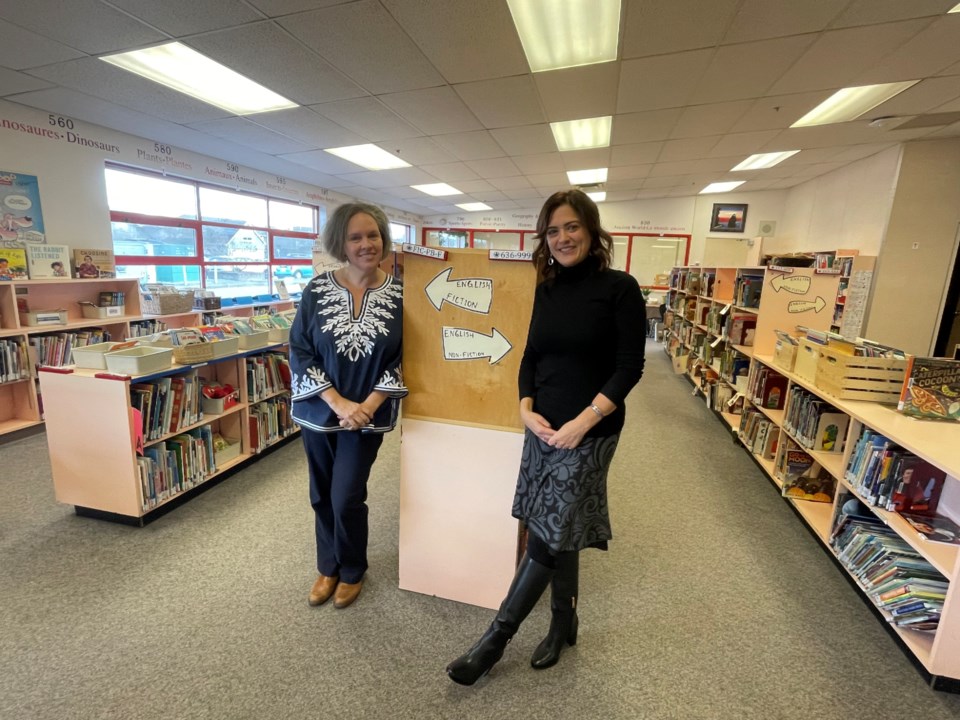Eleven libraries in Richmond schools have been transformed and modernized in the past few years and a 12th one, at Homma elementary, will soon get a facelift as well.
But it’s more than just changing the physical layout and implementing tech changes – such as adding green screens, a Lego wall or recording equipment – it also means having a more flexible learning space for students and staff.
"Libraries should be places that connect learners and facilitate different kinds of learning," said Rebeca Rubio, coordinator of libraries and information services at the Richmond School District.
Rubio explained students don’t necessarily only learn from reading books, they also from actively drawing and brainstorming thoughts on whiteboards, working with 3D printers and even playing with robotics.
Children need to understand they have a choice in what style of learning - whether it be hands-on, reading or talking with others - best works for them, according to Rubio.
“We want to have a space that caters to not only the quiet readers but also those who learn well in groups and doing hands-on projects.”
Traditional libraries with just bookshelves are transforming into what is referred to as a “library commons,” a hub where students can create their own learning space according to what they need.
A library commons provides a place where people can meet, share information and solve problems together in their learning and research, and it should address all students' different resource, technology and space needs, explained Rubio.
Carpets, fixed furniture and massive teacher desks are all fixtures in old libraries that don't allow flexibility, nor do they allow students and teachers to work together, according to Rubio.
In a library commons, bookshelves, tables and seats can be moved around or pushed to the side of the room, said Ingrid Veilleux, teacher-librarian at Homma elementary, so the space can be used for a variety of purposes, for example, learning to film using production equipment as a class, doing group research or even having a yoga class.
"The furniture we're putting in libraries is really facilitating kids coming together, teachers coming together and working together versus rows of shelving and isolated tables," said Veilleux.
She added tables that are adjustable in height, and different types of chairs such as bean bags allow kids to "make their own choices” on their learning styles.
Whether students want to be alone in a quiet study space, an informal space for working with classmates or when a whole class comes together, a library commons becomes a personalized learning hub.
Not only are schools creating these learning hubs, but public libraries are also moving away from the traditional library to a library commons model.
Got an opinion on this story or any others in Richmond? Send us a letter or email your thoughts or story tips to [email protected].


